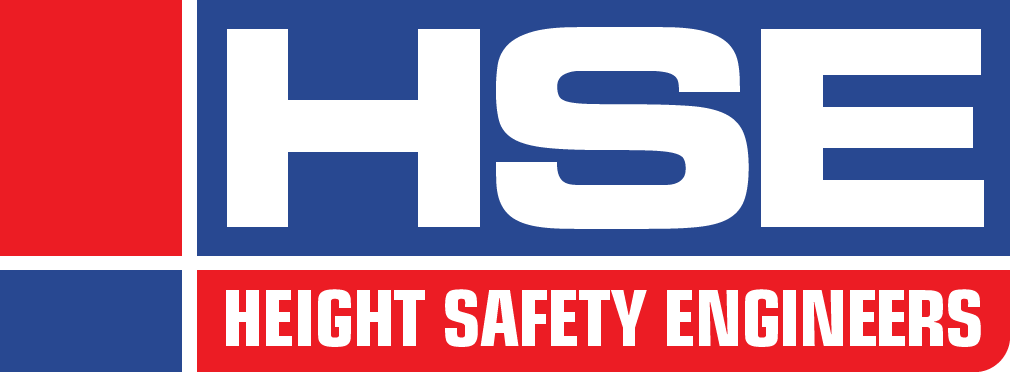???????The lock out, tag out, isolate, and access plant course covers the isolation and access of plant primarily within the resources and infrastructure industries. It covers determining plant isolation needs, isolating plant, working with relevant permits, and returning the plant to service

Ensuring that plan undergoing maintenance or repair work is properly shutdown, isolated and with access restricted is a critical safety process, especially for those working within the energy sector.
Locking out, tagging out and isolating plant allows this work to be conducted efficiently and safely, making it quicker for plant to be returned to service.
This course equips workers with the skills and knowledge they need to best incorporate lock out, tag out and isolation processes for plant and equipment into existing repair and maintenance procedures.
These skills are aimed at mitigating the risks associated with sources of energy often found on work sites. This course can be undertaken at our state-of-the-art training centres in Sydney, Dubbo, or Melbourne.
The HSE training team can also deliver this training at your work or job site using our mobile simulation training trailers.Hands on training with the experts.
At HSE, we believe the best way to learn is by doing. Having theory is important, but death by PowerPoint-style lectures often result in poor learning outcomes.
Having students be active participants improves their retention of information and helps create lived experience they can recall when out on site.
We have invested heavily in our three training centres to ensure they give our participants not just a sense of what they are likely to come across on the job site, but to make their training as close to the real thing as possible.Platch switch locked and tagged out of service.
About This Course
The lock out, tag out, isolate, and access plant course covers the isolation and access of plant primarily within the resources and infrastructure industries. It covers determining plant isolation needs, isolating plant, working with relevant permits, and returning the plant to service after the completion of work.
Course Objectives And Content
Locate and apply relevant documentation. Work effectively with others to complete plan isolation. Determining plant isolations and applying plant and equipment isolations.
Identifying and managing potential plant and site hazards. Concise completion of PTW system and documentation. Identifying isolation devices, types, and purposes.
Enrolment Rquirements
A literacy and numeracy quiz will be conducted prior to the start of the course. This assists us in providing adequate course material to all our students. It is recommended that participants have:
Some courses will have practical components that require participants to physically push, pull, carry or climb. Participants with physical limitations are urged to speak to their trainer prior to completing practical activities to determine if reasonable adjustments can be accommodated.
Participants who cannot perform practical components may be issued a certificate of attendance in lieu of the statement of attainment.
Height Safety Engineers have been in the business of protecting people for 20 years. Our mission is to provide industry best practice solutions, helping to maintain building compliance and work place safety.
Our accreditation
We have worked tirelessly to become one of the most credentialed height safety companies in Australia. We are dedicated to ensuring that everything we do exceeds industry best practice in every facet, and are dedicated to transparency and accountability in all parts of our work.
The National Association of Testing Authorities (NATA) has accredited HSE for compliance with ISO/IEC 17020 as a Type C Inspection Body.
The scope of our NATA accreditation is the broadest of any in the height safety industry in Australia. Through this accreditation, HSE’s clients can be assured that our testing and reporting on their height safety system is thorough, unbiased and completely independent.
Our team has also worked hard to gain certification in ISO 9001 Quality Management System and ISO45001 OH&S Management System.
Height Safety Engineers are also proud members of the Working at Heights Association of Australia. Through WAHA, we work with industry partners to help improve safety across all aspects of working at heights.
© 2025 coursetakers.com All Rights Reserved. Terms and Conditions of use | Privacy Policy